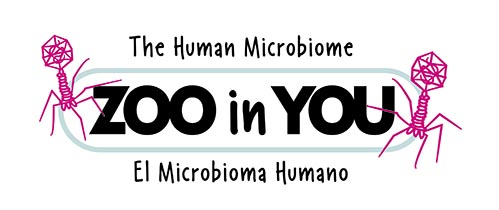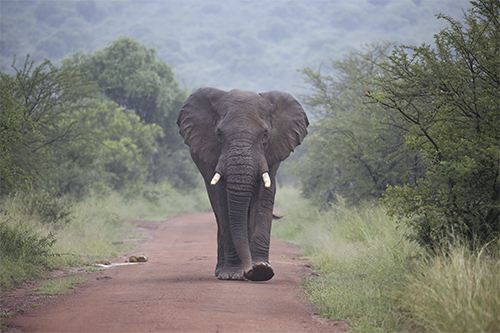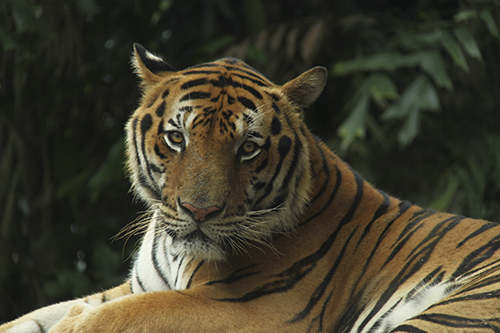Fall 2017
Zoo in You: The Human Microbiome
This exhibit was on display in the North Gallery from September 23, 2017 through January 7, 2018.

Trillions of microbes make their homes inside our bodies, and we wouldn’t be able to survive without each other! Zoo in You invites guests of all ages to explore this fascinating and complex world inside us that is our microbiome—a dynamic, adaptable, and delicately balanced ecosystem like any other found in nature.
Explore this vibrant world of our inner microorganisms through engaging, interactive, and bilingual exhibits and programs and discover who our constant microbial companions are, where they live, how diverse they are, and in what ways scientists are discovering just how important they are to our personal health.
Zoo in You: The Human Microbiome was produced and is toured by the Oregon Museum of Science and Industry. This exhibit was made possible by a Science Education Partnership Award (SEPA) from the National Institutes of Health (NIH).
Journey to Africa: Elephants

Photo courtesy of Creative Commons (Dmitry Teslya)(opens in new window)
This exhibit was on display in the James W. Cornyn Valley Gallery from September 23, 2017 through January 7, 2018.
Explore the world of African elephants.
“Nature’s Farmers” Learn how elephant behaviors such as digging, grazing, and clearing the land, benefits the plants, animals, and people who share their habitat.
Is your family like an elephant herd? Elephants have complex emotional lives and strong family ties. Take a “personality quiz” to see how similar your family is to an elephant herd.
The war on elephants. There is a war raging over elephant tusks. Learn how the ivory trade puts money directly into the pockets of terrorists, militia groups, and organized crime. In fact, conserving elephants is considered “a must” for homeland security.
Can elephants recover? The pace of elephant poaching quickens as the demand for ivory goes up. Over 30,000 African elephants are killed every year, making the possibility of extinction real. Learn what is being done to help elephants and what you can do to help.
Exhibit courtesy of the Paly Foundation.
Tiger! Tiger!

Photo courtesy of Creative Commons (James Sanders)(opens in new window)
This exhibit was on display in the James W. Cornyn Valley Gallery from September 23, 2017 through January 7, 2018.
Imagine walking down a generations-old road. A rustle off to the side makes you snap to attention, and you hold your breath as a tiger crosses your path. Her ancestors have used this same road for as many generations as yours.
In some parts of the world, people share their environment with tigers just as we share ours with coyotes or hawks. In this exhibit, explore the world of the tiger.
Tigers are amazing! Test your knowledge of tigers while learning some interesting facts. Why do they have those stripes? How are house cats similar to the world's largest cats?
Tigers are important! As apex predators, tigers keep their habitats in balance. This means lower levels of the food chain, including plants, depend on tigers. Humans have relied on this balance for thousands of years.
Endangered Species - The primary threats to tigers in the wild are loss of habitat and poaching. Three species of tigers are already extinct, and only about 4,000 tigers are left in the world today.
Hope for tigers - Conservation efforts for saving tigers in their natural habitats are underway. Learn about the innovative methods being implemented to make sure tigers continue to have a home in a balanced ecosystem. Every person can help save tigers!
Exhibit courtesy of the Paly Foundation.
